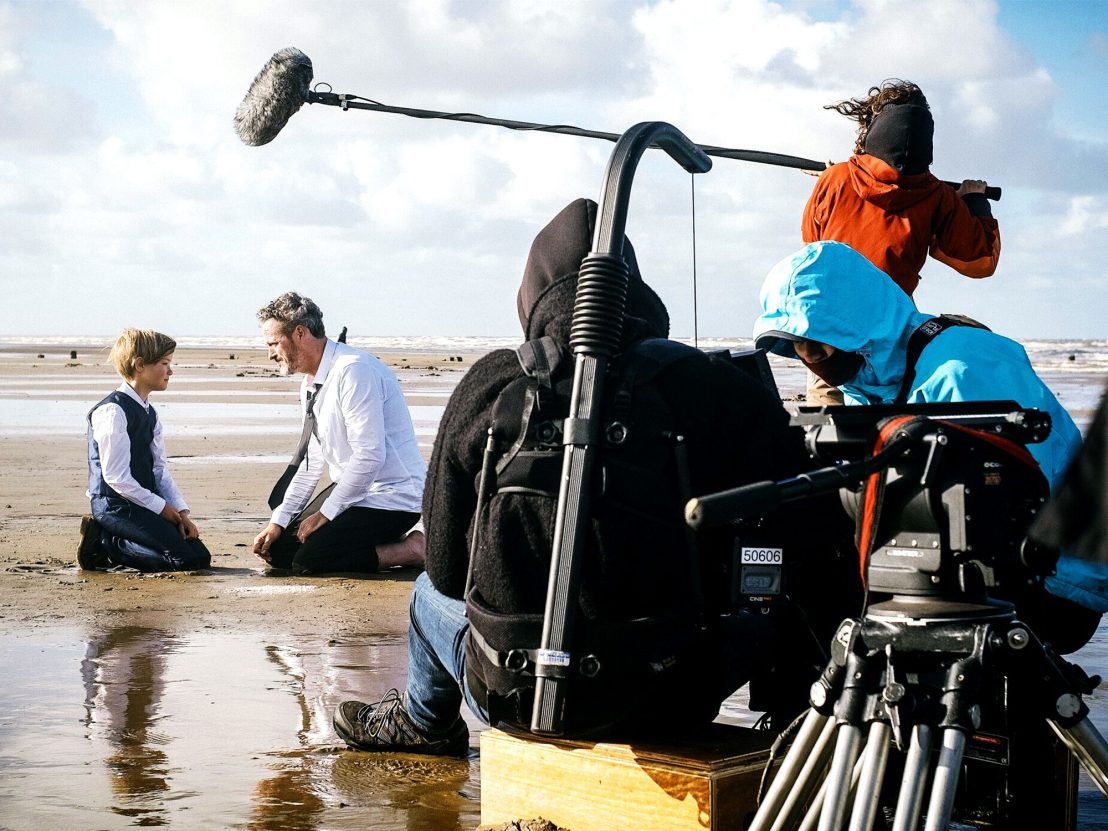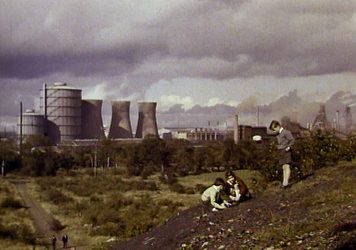
In 2021, the global film industry was estimated to be worth $42.5 billion, and is expected to experience a compound annual growth rate (CAGR) of 8.3 per cent between 2021 and 2027. With rising sea levels and the amount of CO2 in the atmosphere reaching increasingly worrying heights, one could wonder then, how sustainability could fit with such a rapidly expanding industry?
In London alone, film production produced the same amount of CO2 as a town of 20,000 people during 2018, and in 2021 it was estimated that, on average, a film with a budget of more than $70m generates 2,840 tonnes of CO2. Making sustainability seem like an afterthought within film.
Some progress has been made, with Pinewood Studios in Slough putting on a free shuttle bus service to and from local train and underground stations to help visitors cut down on car use, and 100 per cent of the electricity sourced by the studio purchased from renewable sources. The Vectar Project studio in Stockport even offers sets made entirely from cardboard.
In 2019 Sam Mendes’ 1917 became the first British feature film of its scale to gain an Albert certification, meaning they followed a carbon action plan to reduce their carbon emissions. This high-profile achievement has paved the way for the Hollywood mega monster (or mega dinosaur) flick Jurassic World: Dominion, which is following suit. Albert also has a carbon calculator that is free to use for all productions. While a step in the right direction, is this enough to tackle such a vast and worrying global issue?
Laura Torenbeek is an award-winning filmmaker living and working in the North of England. Passionate about the environment and green filmmaking, she has her heart set on carbon neutrality in film. In 2019, she founded Green Film Productions. We spoke to her recently about sustainability in the film industry, and what changes can be put in place to help films be more environmentally aware.
LWLies: What is green filmmaking?
Torenbeek: Making films in a sustainable way across all aspects of the production process. A couple of years ago, it really started to pick up, with companies like Earth Angel providing Green Marshalls on film sets, and companies offering sustainable product placement instead of mass marketing advertising. Filmmaking can be really wasteful with things only being used once or twice. It’s important to change that as well as people’s mindsets.
Can you tell us a little bit about Green Film Productions?
The idea was to empower under-represented groups and voices. Then, because at that time I was learning about green filmmaking, I thought ‘If I set up this company, I have the responsibility of taking care of our planet in the process.’ As well as using sustainable techniques, I incorporate sustainability into the actual narratives whenever possible. Of course, it depends on what kind of project you make. It might be weird if you just suddenly start talking about sustainability but I think in most films you can definitely put something in.
Additionally, I put things in place like planting a tree for each production, which is relatively small, but I want to carbon offset everything we do. I’m working with the Albert Initiative to calculate our emissions. So far the productions have been quite low-key, with small crews and not much travel, so we haven’t had many, but the idea is to make everything carbon neutral. Also, I have been looking into ways of recycling what we use. I’m working with a Covid team on a production at the moment, everything used to get thrown away, but then I found a company called Reworked, who can recycle all your PPE into furniture.
There’s a difference between low- and high-budget filmmaking. Which of these lends itself better to sustainability?
The big one would be the smaller number of people that are involved in independent films compared to the big studio productions. The studio films will naturally use more resources, but at the same time, they will have the money to employ sustainable practices. On the flip side to that, with independent filmmaking, you can be forced to be more resourceful to save money.
Doing things sustainably doesn’t have to be more expensive, if you plan ahead. As well as being better for the environment, it can be better for your budget. On the down side, though, you might not have enough money to hire a green steward on set for instance, so there are pros and cons. I personally think that every production should have someone who is solely focused on the environmental aspect of the film, and sustainability should be made part of the protocols that people have to follow.
We have seen a rise in online working over the last few years. How much of that can translate to the film industry?
There is quite a lot, especially in pre-production. These days you don’t necessarily have to have a meeting in person. Post-production can also be from a distance although it’s not ideal. Of course, for dramas at least, the actual shoot has to be in person, but before and after there is no reason why you can’t work remotely. I’m hoping it will stay, not just in film, but in general as well.
Do you have any advice for anyone who wants to incorporate green practices into their own films?
Don’t try and reinvent the wheel, there is so much information already out there around green filmmaking. Also, make sure you get everyone who is involved with the production on board, that’s really important. Finally, think creatively. It might sound boring, but you can come up with really fun and creative solutions.
In the fight against climate change, what part will the arts play?
People learn and digest a lot of information through the arts. Art gives us information in a way that’s interesting and entertaining, but at the same time makes us think. One example would be the film Don’t Look Up. There’s content everywhere with so many platforms and ways of spreading information. Art and storytelling will be essential. I just hope that we keep sustainability as a big part of it, and we don’t forget the importance of it.
Join our community of film lovers and receive monthly film recommendations, exclusive essays and more
Become a memberPublished 1 Mar 2022

By Katie Goh
With Living Proof: A Climate Story, director Dr Emily Munro hopes to inspire change by looking to the past.

Surviving the perils of solo creativity is tough. In the latest instalment of our series supporting artists through lockdown, Jo Thompson explains why she’s ditching synthetics for natural products.

What is the role of documentaries that try to change the way we think, and do they actually work?